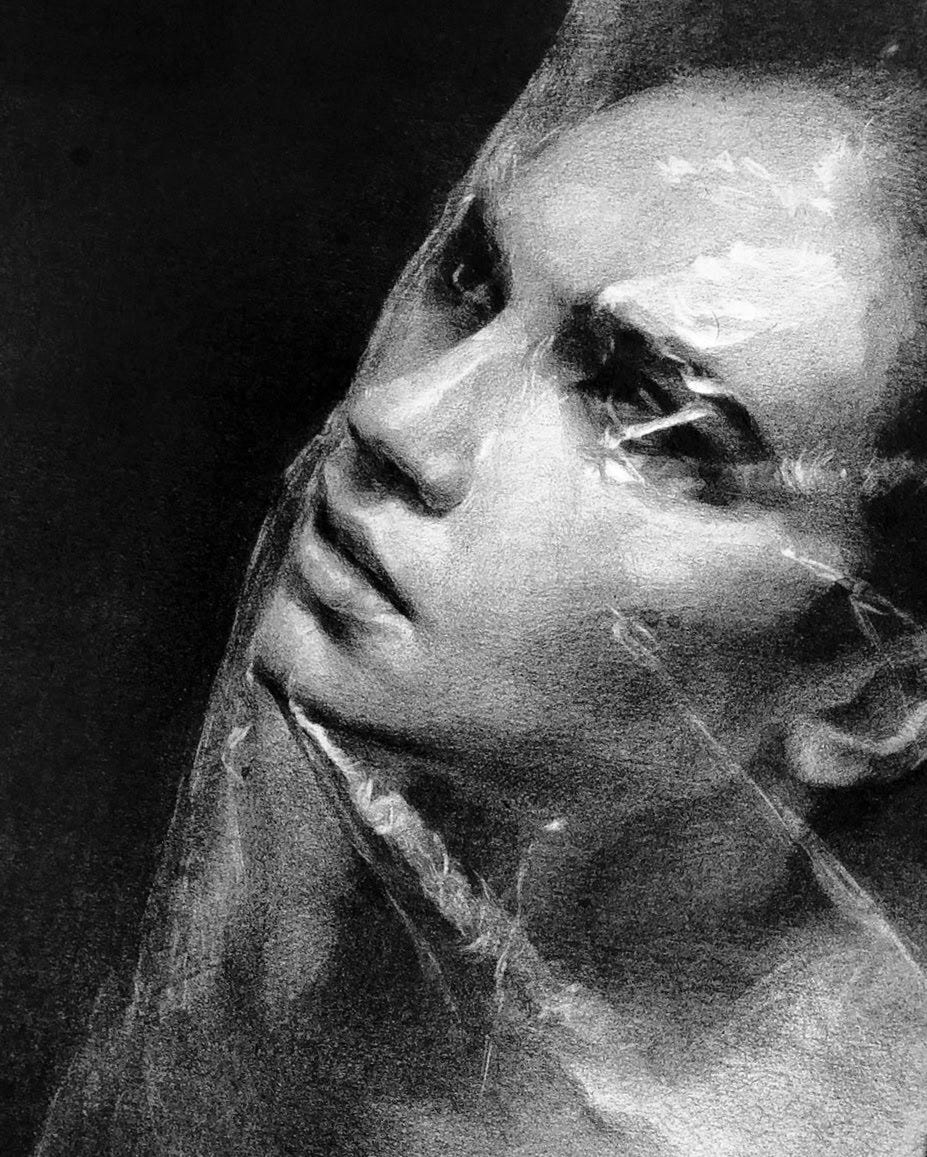"Whitespace" or "Negative Space" in Art and Beyond
A reflection on life in largely invisible, underrepresented spaces

People often ask me what it is like to be a “woman in ____” (tech, computer science, artificial intelligence, startups).
There are not really enough words to articulate exactly how it feels, and so some time ago I drew this piece as a reflection on this question.
In general, I guess one could truncate the question to simply, “What is it like to be a woman?”
Because although there are things unique to each of those identities or domains, there are also common themes in the way I experienced life as a girl in poverty, and in a traditional East Asian society where women’s lives are valued less than men’s, as I do as a female co-founder or woman in artificial intelligence.
The thing that fascinates me about using white pencil as the foundation for art is that it uses what is typically seen as “negative” space (somewhat less relevant space in Western views) as the primary mode for building shapes and the final piece. In Japanese, there is a concept of “Ma” (間), which refers to the same empty spaces, but these are just as important as those with content. In fact, these between spaces are even often considered more important than those with lines or content.
I find it to be a beautiful allegory for those of us used to having been relegated to the voiceless, largely underrepresented parts of society, but that are key to shaping the future of said society.
That’s the part that I strive to always remember in everything that I do - that while we raise awareness of the voiceless, we also work toward changing the default status quo.


Brilliantly said. In many ways it's the negative spaces in society (those people and or ideals that we leave behind or ignore) that define our society the most. What we value can become the most evident when we look at these spaces.